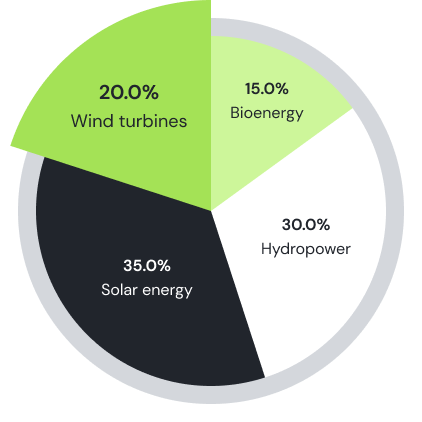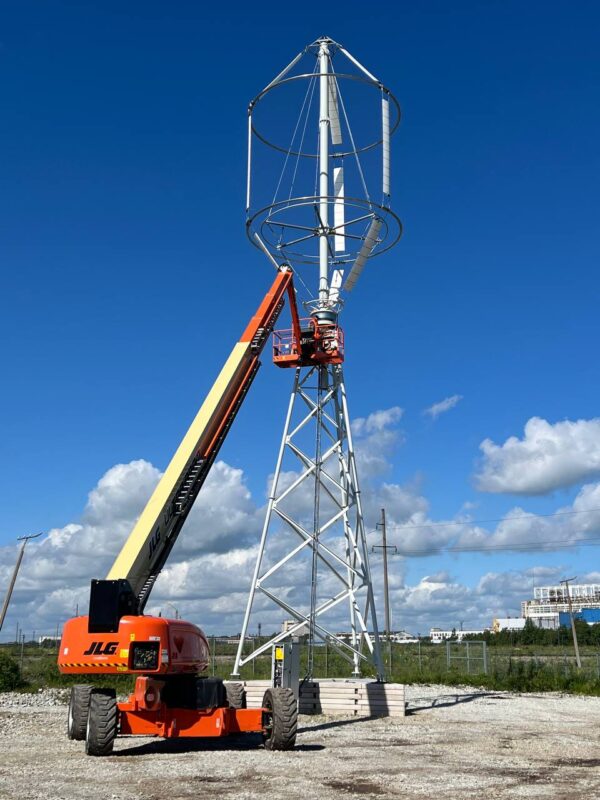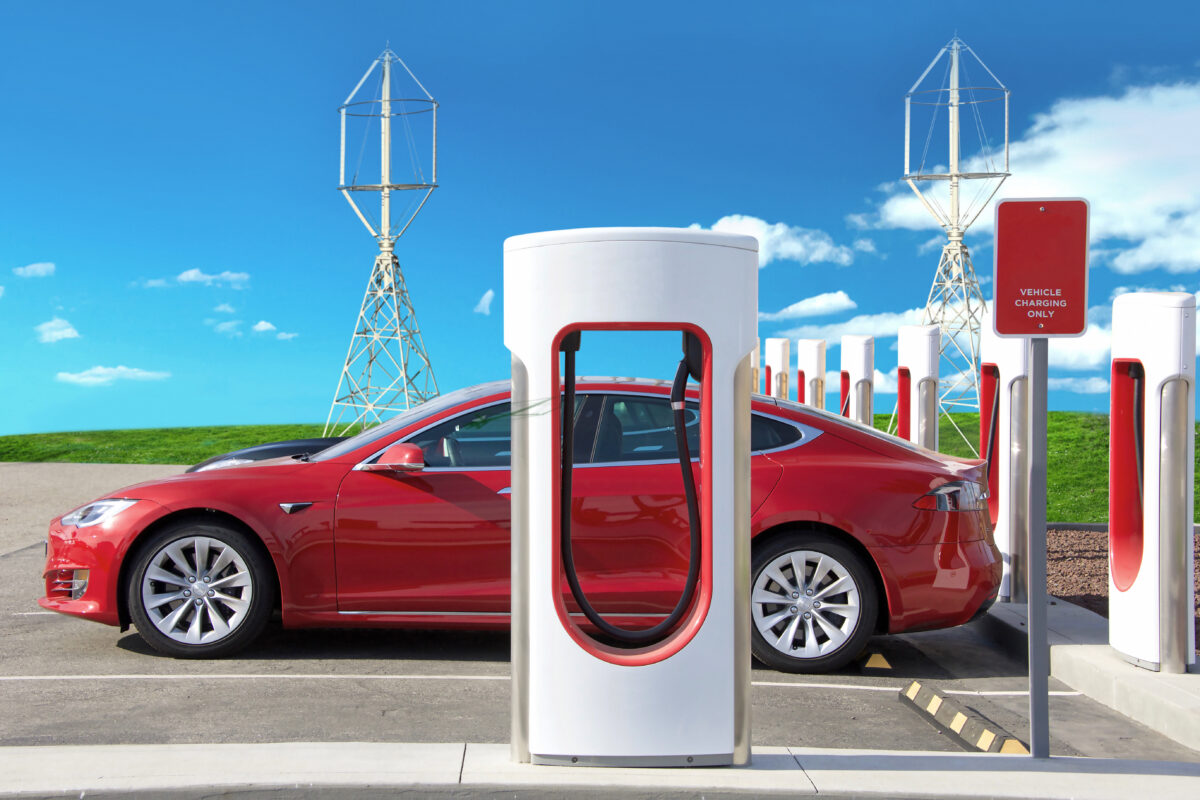Introduction
Renewable energy sources are becoming increasingly significant in the era of global ecological challenges and a drive towards sustainable development. Renewable energy sources, such as solar, wind and hydro power are coming to the fore in the context of the need to reduce greenhouse gas emissions and fossil fuel dependence. While contributing to climate change mitigation, they also offer sustainable and economically viable solutions for global energy needs.
In particularly, small wind turbines stand out for their ability to adapt to various environment and provide energy in locations distant from central power grids. These systems can be used both on a large industrial scale and for local needs, including individual households and small businesses. The capability of small wind turbines to generate electricity in diverse geographical settings makes them a valuable addition to the portfolio of renewable energy sources.
FREEN, as a developer and supplier of small wind turbines, plays a crucial role in this sector. Utilizing cutting-edge technologies and innovative approaches, FREEN contributes to the expansion of wind energy use, making it accessible to a wide range of consumers. The efficiency, reliability, and environmental safety of FREEN’s products make them an attractive choice for those seeking alternative energy sources.
Comparison with Other Renewable Energy Sources
In a world striving for sustainability, it is vital to understand how various renewable energy sources correlate in terms of efficiency, costs, and environmental aspects. Small wind turbines, such as those offered by FREEN, represent a key element in this portfolio. Let’s examine how they compare with other popular renewable energy sources.
Solar Energy
Efficiency: Solar panels are most effective in areas with high solar irradiation, but their performance can significantly decrease on cloudy days or in regions with less sunlight.
Costs: The cost of solar energy keeps going down, though initial investments are still relatively high, especially for large-scale systems.
Application: Solar panels are ideal for households, commercial buildings, and as part of hybrid systems in combination with other energy sources.
Hydropower
Scalability: Hydro power is highly scalable, from small streams to large rivers, though it requires significant investment and planning.
Environmental Aspect: While hydro power is a clean source of energy, it can have a significant impact on local aquatic ecosystems and consume large amounts of water resources.
Bioenergy
Sustainability: Bioenergy ensures utilization of organic waste for energy production, contributing to a circular economy.
Climate Impact: Although bioenergy is considered carbon-neutral, a careful consideration should be given resource management and impact on land use.
As is apparent from the comparison of these energy sources with small wind turbines, each source offers its unique advantages and applications. Small wind turbines, in particular, stand out for their ability to supply energy to remote and hard-to-access areas, demonstrating their value in a diverse energy landscape.
| Energy source | Efficiency (%) | Cost ($/kWh) | Environmental impact (1-10) |
| Small wind turbines | 30 | 0.08 | 4 |
| Solar energy | 22 | 0.10 | 6 |
| Hydropower | 45 | 0.05 | 7 |
| Bioenergy | 25 | 0.09 | 5 |
Advantages of Small Wind Turbines
In the realm of renewable energy, small wind turbines offer a unique solution that combines flexibility, eco-friendliness, and efficiency. The following key advantages of small wind turbines come forth based on FREEN products and other developments in the field:
Independence from Geographical Location
Small wind turbines have an important advantage: their effectiveness is not limited by their geographical location. Unlike other renewable energy sources, such as solar energy that depends on the level of solar radiation, wind turbines can be installed in a wide range of climatic settings. This makes them an ideal solution for providing energy to remote and inaccessible areas where other renewable sources may be less efficient.
Environmental Impact and Carbon Footprint
Small wind turbines significantly contribute to reducing environmental impact and carbon footprint. They generate energy without emitting carbon dioxide or other harmful gasses, which makes them one of the cleanest energy sources. FREEN products, e.g., are designed with ecological sustainability in mind, which underscore the importance of innovations in the field of reducing environmental impact.
Opportunities for Decentralized Energy Supply
Another significant advantage of small wind turbines is their ability to decentralize energy supply. They offer a solution for independent energy systems, reducing reliance on centralized power grids and contributing to increased energy security. This is particularly important for remote communities and regions where access to traditional energy infrastructure is limited.
As a whole, small wind turbines provide an efficient, environmentally friendly, and flexible renewable energy solution, offering unique advantages over to other energy sources. FREEN with its innovative developments plays an active role in advancing these technologies, contributing to a more sustainable and environmentally friendly future.
Considering switching to Wind Energy? Discover if our next-generation wind turbines are perfect for your business. We offer a comprehensive site feasibility survey to evaluate your location, potential ROI, and available incentives – free! Contact us to schedule a consultation.
Current Research and Future Trends
The field of small wind power is continually evolving, supported by scientific research and innovative developments. These efforts are aimed both at improving the existing technology and also at exploring new approaches and solutions that could radically change the ways wind energy will be used in future. Vertical wind turbine designs are gaining popularity due to their smaller footprint and ability to operate effectively in a variety of wind conditions, making them suitable for urban environments.
Prospects for the Development of Small Wind Turbine Technologies
The future outlook of small wind power promises even more innovations and breakthroughs:
Integration with Smart Grids: ntegrating small wind turbines with smart energy grids could enhance their efficiency and improve energy flow management.
Hybrid Systems: The development of hybrid systems that combine wind power with other renewable sources, such as solar energy, opens new horizons in optimization of energy production.
New Materials and Technologies: Ongoing research in new materials and technological innovations could radically improve the performance and reliability of small wind turbines.
FREEN plays an active role in this process, implementing the latest scientific developments and innovative approaches in its products. This turns FREEN from a mere manufacturer into an active participant in the future development of small wind power that strives to create more efficient, affordable, and environmentally friendly energy generation solutions.
Thinking about integrating wind energy but not sure where to start? Schedule a free consultation to asses wind potential in your area.
Conclusion
The conducted study and comparison of small wind turbines with other renewable energy sources demonstrate the substantial advantages of these devices and their important role in the future energy balance.
Summary of Key Findings
Comprehensive Comparison: Small wind turbines, represented by such companies as FREEN, exhibit high efficiency and environmental safety compared to other renewable energy sources, such as solar, hydro and bioenergy.
Advantages: They possess a unique suitability for decentralized energy supply, offering a minimal environmental impact, and independence from geographic location, which makes them an ideal choice for a wide range of applications.
Innovations and Research: Recent scientific research and developments in the field of small wind turbines are opening new opportunities for increasing their efficiency and reducing costs, which makes them even more attractive for use.
Prospects in Future Energy Balance
Expansion of Use: Considering current trends and innovations, small wind turbines are likely to hold a significant share in the future energy balance, particularly, in segments requiring decentralized and flexible solutions.
Sustainable Development: Small wind will play a key role in achieving global sustainable development goals, providing clean, economically efficient, eco-friendly and accessible energy, contributing to reduction of carbon emissions and climate action.
Role of Such Companies As FREEN: Small wind turbine designers and manufacturers will continue to make significant contributions to the technology promotion and advancement, offering innovative solutions towards a sustainable future.
In conclusion, small wind turbines represent a significant and promising component of the renewable energy mosaic. Their continued development and integration into global energy systems will contribute to the formation of a more sustainable, environmentally friendly, and economically efficient energy future.








